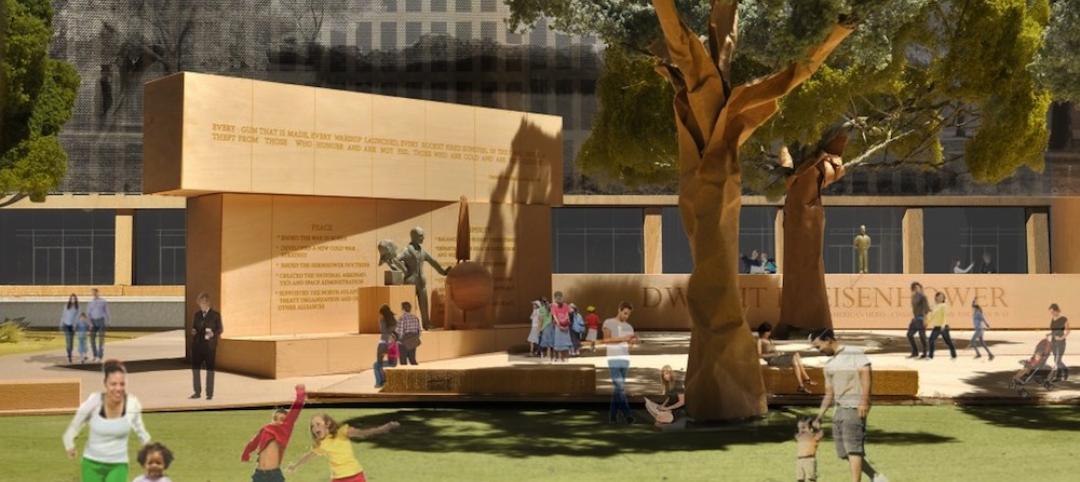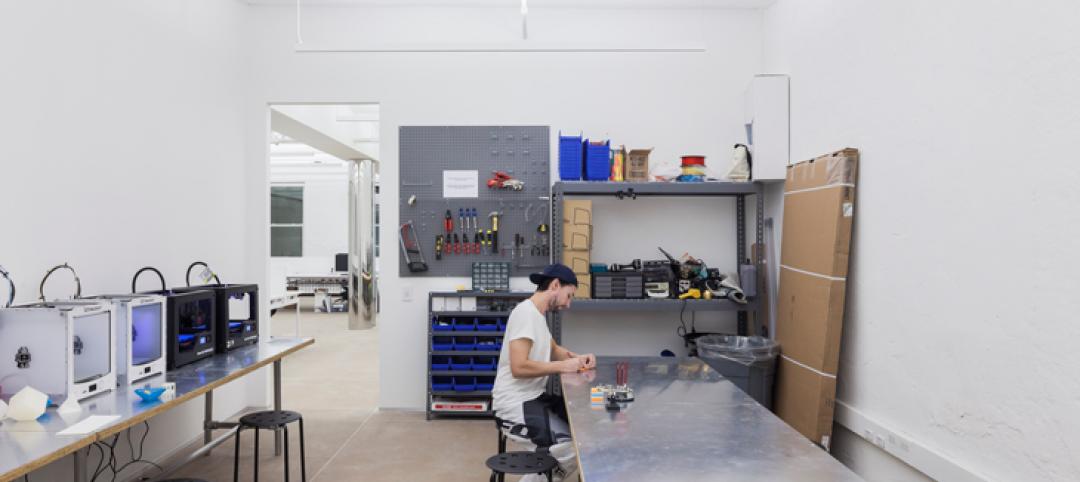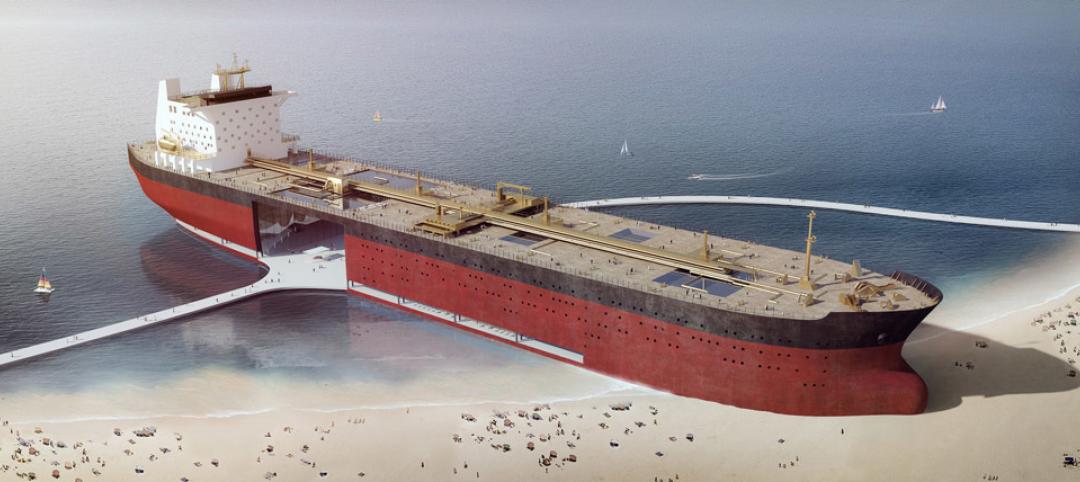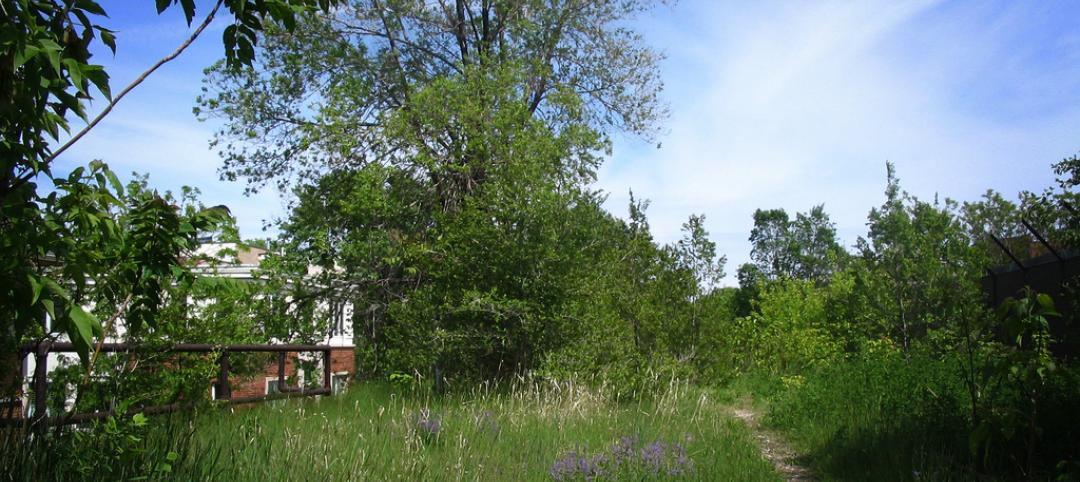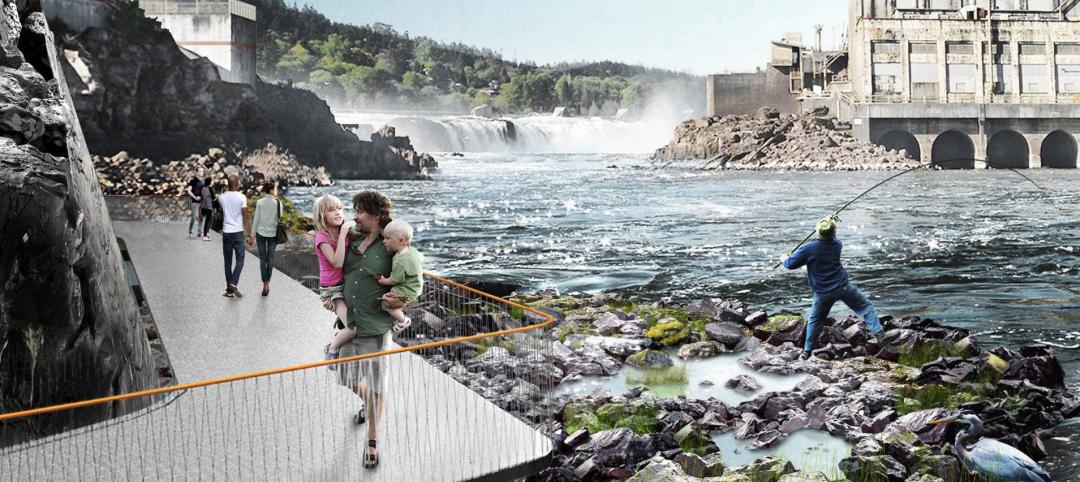More than 600,000 people annually scale the 14,115 feet to reach the summit of Pikes Peak in Colorado Springs, Colo. Until recently, they were greeted by a Summit Complex that had fallen into disrepair. But that’s about to change, as the city of Colorado Springs, in partnership with the U.S. Forest Service, U.S. Army Research Institute of Environmental Medicine, and Colorado Springs Utilities, is building a new Summit Complex and Visitors Center, which breaks ground on June 4.
A second site will consolidate a Plant Building, CSU Communications Facility, and High-Altitude Research Laboratory. The existing Summit House will remain open through the end of construction in the fall of 2020.
The project’s budget is $50 million. The building will be 26,000 sf (compared to the existing center’s 12,000 sf), and include a 200-seat dining area, gift shop, and parking for up to 200 cars.
Pikes Peak, which brigadier general and explorer Zebulon Pike discovered in 1806, is often called America’s Mountain, and its summit is a National Historic Landmark. Its scenic highway let’s anyone, regardless of age or physical condition, reach its apex, with recreation areas and trails along the way.
The intent of this project’s Building Team is to give a seamless, immersive, fully accessible experience with facilities specifically designed for the summit’s harsh environment. “Our goal was to put the experience of Pikes Peak first—the breathtaking views and spectacular beauty—while minimizing the visual impact of architecture on the mountain,” says Alan Reed, FAIA, Design Principal for GWWO Inc./Architects, the Baltimore-based firm that’s the project’s design architect.
RTA Architects is the architect of record. The rest of the Building Team includes HCDA Engineering (SE), Kiowa Engineering (CE) ME Group (MEP), GE Johnson Construction (GC), DHM Design (landscape architect), AECOM (extreme climate consultant), Gallagher & Associates (exhibit design), Jensen Hughes (code and accessibility consultant), The Preservation Studio (historic preservation), NASH Architectural Solutions (specifications), and Webb Foodservice Design (food service design).
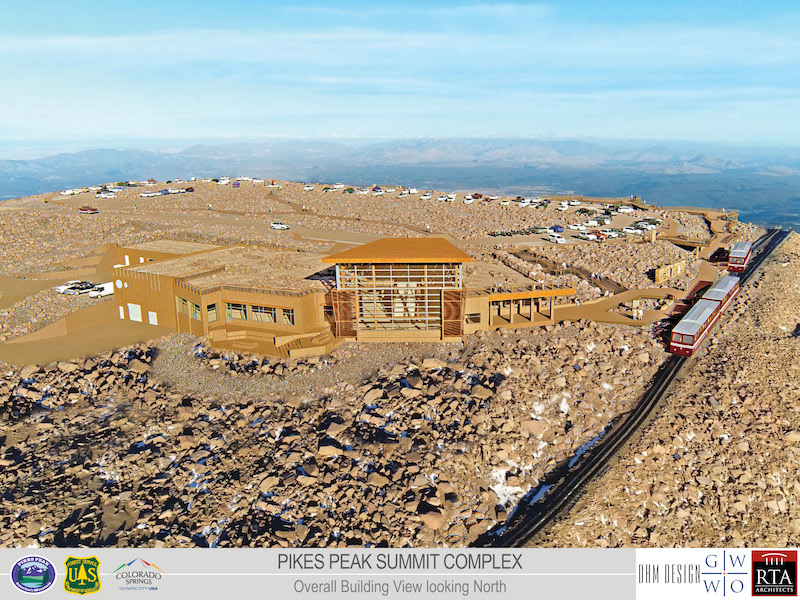
The Summit Complex is being built on the southeast side of the mountain, which will help mitigate the effects of extreme winds and temperatures on the building. Image: RTA Architects, GWWO Inc./Architects
The Building Team sought public input for its final design, whose process began in 2015. The Complex’s exhibits will provide information about the Peak’s formation, discovery, and historical place. Visitors will also be able to experience the mountain via accessible trails and walkways.
The new Visitors Center will be encased in special glass with triple-glazed electrochromic material that darkens to cut glare and solar gain, helping to prevent excessive heat and marred views.
"Because the views are the whole thing," Stuart Coppedge, FAIA, Principal in Charge at RTA Architects, told the Colorado Springs Gazette. "We're really trying to avoid mechanical stuff that can break, that takes a lot of maintenance. The glass darkens to cut the glare. As the sun moves across the sky, the glass would track it around."
The large windows will also feature a ceramic frit that provides UV patterns in the glass that birds can see but people can't.
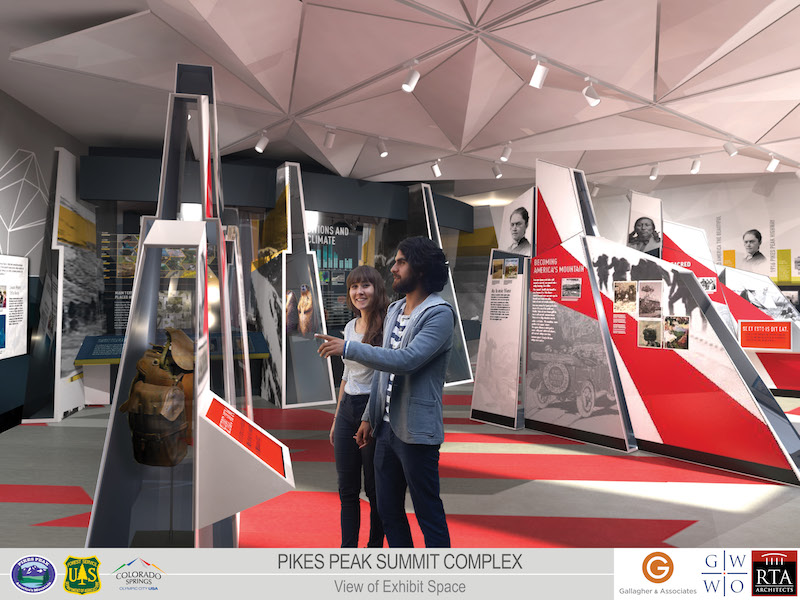
The exhibits will provide information about the mountain's formation, discovery, and historical place. Image: Gallagher & Associates, GWWO Inc./Architects
The project is pursuing LEED Gold and Living Building Challenge certifications. The Summit Complex is expected to produce more energy than it consumes, thereby reducing its operating costs and minimizing its ecological impact. Resilient materials, and its location on the southeast side of the mountain, will help the Complex resist extreme winds, temperatures, and freeze thaw cycles. And the site has been designed to take advantage of the mountain’s hydrological water flows.
”Our entire team embraced the technical challenges of this project with passion, skill and dedication, knowing how important and special Pikes Peak is,” says Coppedge.
Due to construction, parking at the site will be limited and restricted. And the Pikes Peak Cog Railway is closed indefinitely. So last Thursday, the city launched a more frequent shuttle service to the top. Between 30 and 35 shuttles seating 15 to 24 passengers each will make pickups and dropoffs every hour, with the goal of reducing waiting to no more than five minutes. The shuttles will run from May 31 through September 15, which are Pikes Peak’s highest volume months.
Related Stories
Cultural Facilities | Jul 14, 2015
Massive exhibition space in Inner Mongolia replicates steppe landscape
To mimic the Central Asian steppe landscape of the Chinese province Inner Mongolia, Kuanlu Architects proposed the construction of an exhibition plaza that can be walked on.
Cultural Facilities | Jul 13, 2015
German architect proposes construction of mountain near Berlin
The architect wants to create the world’s largest man-made mountain, at 3,280 feet.
Cultural Facilities | Jul 9, 2015
Gehry's Eisenhower Memorial plan gets OK from D.C. planning commission
Despite the thumbs up, disputes over costs may keep the $142 million work from ever being built.
Smart Buildings | Jul 9, 2015
St. Petersburg Pier’s dramatic makeover gets green light from city officials
The Pier Park will be a platform for a multitude of smaller and more flexible programs and experiences for tourists and the local community.
Museums | Jun 28, 2015
Manhattan's New Museum debuts first museum-led incubator space
Part studio, part shared workplace, part lab, and part professional development program, NEW INC connects design with technology, the arts with the market, students with seasoned practitioners, and the museum with the world.
Museums | Jun 23, 2015
Moreau Kusunoki's 'art in the city' scheme wins Guggenheim Helsinki design competition
The firm’s design concept makes use of the museum’s site, turning it into a bustling, well-connected waterfront hub.
Cultural Facilities | Jun 10, 2015
Artists turn oil tankers into architecture
Four Dutch artists propose transforming tankers into monuments with mixed-use space.
Cultural Facilities | Jun 5, 2015
Chicago’s 606 elevated park opens
The 2.7-mile stretch repurposes an abandoned elevated train track that snakes through Humboldt Park and Bucktown.
Cultural Facilities | Jun 2, 2015
Snøhetta and Dialog to revitalize Willamette Falls area in Oregon
As part of the plan, an abandoned paper mill will be repurposed, while landscaping and running trails will be added.
BIM and Information Technology | May 27, 2015
4 projects honored with AIA TAP Innovation Awards for excellence in BIM and project delivery
Morphosis Architects' Emerson College building in Los Angeles and the University of Delaware’s ISE Lab are among the projects honored by AIA for their use of BIM/VDC tools.





